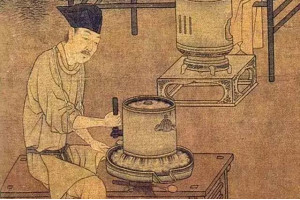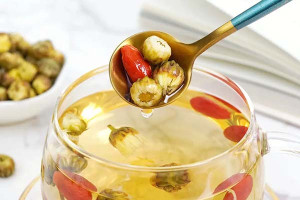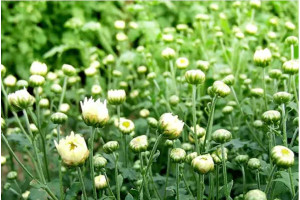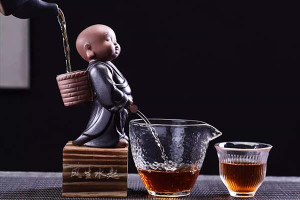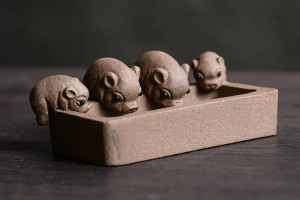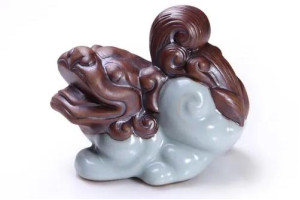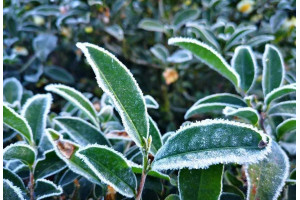Teablogs
Unveiling the Art of Naming and Classification in Chinese and Japanese Tea Culture
This article delves into the classification and cultural significance of tea in China and Japan. From the historical evolution of tea naming to the influences shaping tea categorization, and the cultural exchange between these two nations, the article provides a comprehensive view of the richness and cultural value of tea in their societies.
Unveiling the Powerful Benefits and Cautions of Tai Ju (baby chrysanthemum) Tea
Tai Ju (baby chrysanthemum), a traditional Chinese herbal beverage, has gained attention for its potential health benefits rooted in traditional Chinese medicine (TCM) theories. This article delves into the advantages of consuming Tai ju tea based on TCM principles, while also highlighting specific groups who should exercise caution when considering its consumption.Consulting a healthcare professional before incorporating this tea into one's routine is advised to ensure safe and beneficial consumption.
Blooming Wellness: Exploring the Marvels of Baby Chrysanthemum (Tai Ju) Herbal Tea
In this article, we explored the world of Baby Chrysanthemum (Tai Ju) herbal tea, highlighting some of the well-known and commonly used Chinese chrysanthemum varieties for making tea. We also briefly delved into the historical background of Chinese chrysanthemum tea. The article concluded with a simple overview of the tea-making process.
Discovering the Charm of Modern Tea Pets: A Fusion of Tradition, Art, and Technology
Explore the World of Modern Tea Pets: Artistic Fusion, Smart Technology, and Cross-Cultural Delights. Discover a new era of tea culture in this final installment of our tea pet series.
15 Traditional Tea Pets & Their Meaning
Welcome to our insightful article delving into the profound symbolism of tea pets in Chinese culture. In this captivating exploration, we unravel the hidden meanings behind these charming companions that have graced the world of tea for centuries.
What Are Tea Petsand How do We Take Care of Them?
Tea Pet, also known as "tea pet" or "tea pet figurine," is a traditional and charming element in Chinese tea culture. These delightful little statues are made from various materials like clay, porcelain, or even Yixing purple clay. Tea pets come in various shapes and designs, such as animals, mythical creatures, and auspicious symbols.The purpose of a tea pet is not just for decoration but also to enhance the tea-drinking experience.
Can Drinking Pu-Erh Tea Help You Lose Weight?
Pu-erh tea can regulate intestinal microbes and play a role in improving blood lipids and liver lipid homeostasis. Drinking Pu-erh tea regularly could be a good way to maintain health, but it cannot replace medication for treating hypercholesterolemia. In addition, for the friends who want to lose weight, don't think that just drinking Pu 'er tea to lose weight is good! Drinking Pu 'er tea does not mean becoming thin! To really slim down, eat less and exercise more!
Making Tea In Different Seasons
Tea is divided into spring tea, summer tea, autumn tea and winter tea according to the harvest season. The quality of tea picked in different seasons is very different. Knowing the picking season of tea is very helpful for us to learn Chinese tea culture.


